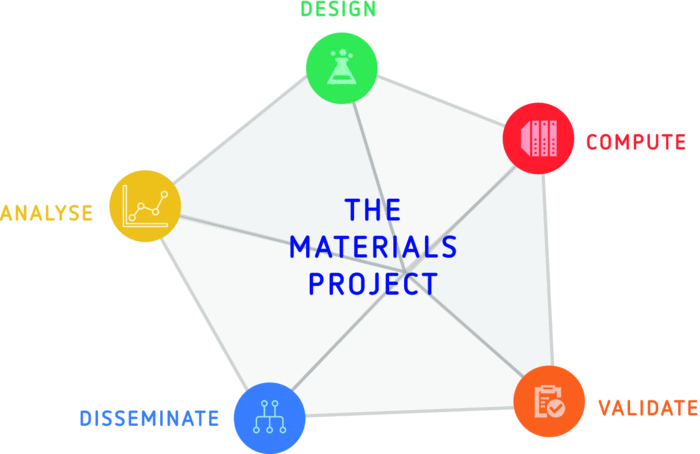Collaborative research from the Hayes lab leverages quantum chemistry and machine learning to open new avenues for atomic structure analyses.
Nuclear magnetic resonance (NMR) spectroscopy helps chemists and other scientists identify and explore atomic structures. However, NMR is limited by the availability of catalogs of reference data to compare and identify structures.
New collaborative research from the Department of Chemistry at Washington University in St. Louis, Lawrence Berkeley National Laboratory, and the Department of Materials Science and Engineering at UC Berkeley leveraged quantum chemistry approaches to develop additional data infrastructure for an isotope of silicon, 29Si. Silicon is especially relevant because of its significant role in materials science – it is used in semiconductors for electronics and ubiquitous in glassy materials – and it is a major constituent of rocks and minerals. The research is published in Nature's npj Computational Materials on May 12.

Sophia E. Hayes, professor of chemistry and an expert in NMR spectroscopy, knows better than most how powerful NMR can be in analyzing the structure of materials. Hayes – no stranger to combining techniques to forge new research paths – uses NMR in her lab in conjunction with optical excitation and detection methods to study the structure and properties of inorganic systems, including semiconductors.
In this new work, Hayes and co-principal author Shyam Dwaraknath, materials research scientist and engineer at Lawrence Berkeley National Lab, make use of cutting-edge computing methods to generate new datasets for 29Si and confirm their validity. Though current experimental data catalogs for silicon are limited, recent increases in computational power allow for the rapid expansion of simulated NMR data beyond simple extrapolation from existing data.
The team reported success with two advanced computational tools: Vienna Ab initio Simulation Package (VASP) and Cambridge Serial Total Energy Package (CASTEP). Using these tools, they computationally generated predictions for NMR measurables (expressed mathematically as “tensors”) for silicon, then compared the created dataset with experimentally observed data, and systematically corrected the machine-generated data.

Computed and experimentally reported values aligned remarkably well in terms of NMR parameters, promising a breakthrough in what’s possible in future NMR analysis. The cleaned dataset generated by Hayes and Dwaraknath, as well as their collection of software tools, is available as a community resource in the shared local spectroscopy data infrastructure (LSDI) database via the Materials Project.
“The possession of such a large dataset allows comparisons of the computed parameters across a large number of structures, opening up avenues for machine learning,” the team noted. “When NMR practitioners use the LSDI dataset, they will be empowered to compare their experimental measurements to a variety of related structures, which will ultimately facilitate assignments of those spectra. This type of dataset can open the next era in solid-state NMR spectroscopy, encompassing an informatics approach to experimental design.”




